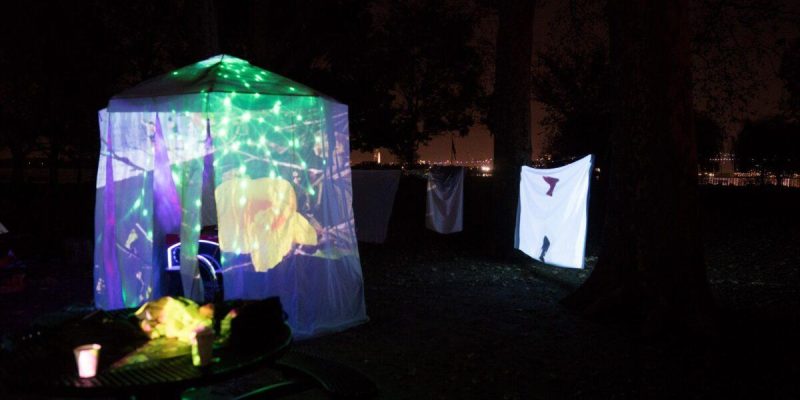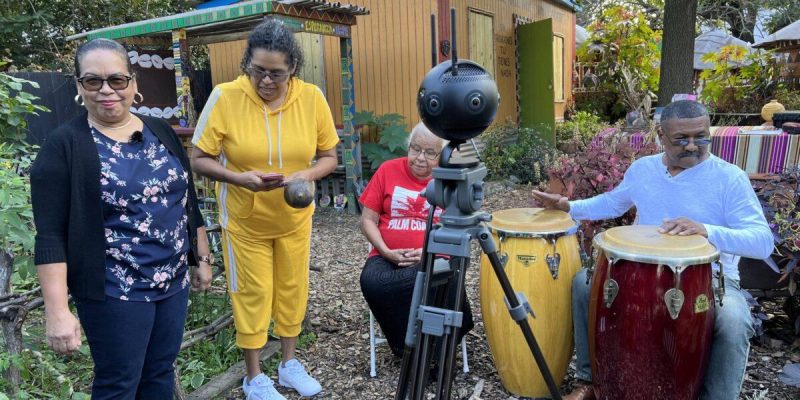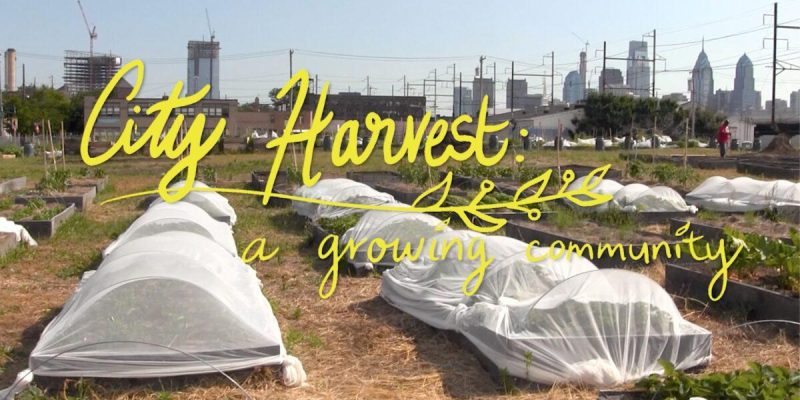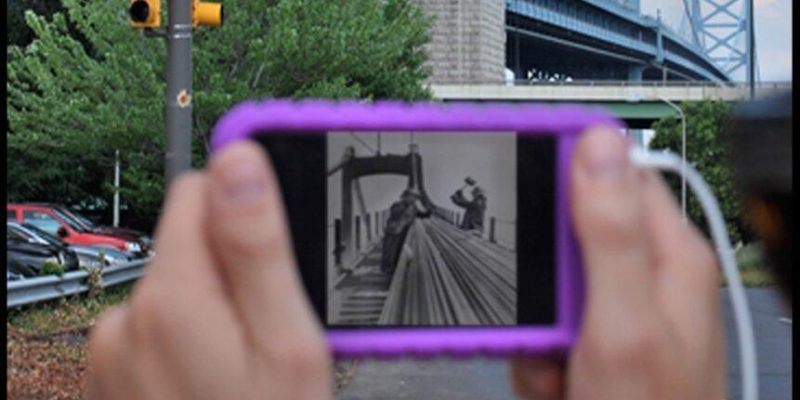The Places of Power project amplifies the stories of marginalized communities in Philadelphia through immersive Virtual Reality (VR) and Augmented Reality (AR) technologies.
We invite viewers to experience disinvested neighborhoods in Philadelphia anew as a tapestry of knowledge, healing, and civic leadership. Our project engages lifelong community residents in immersive media and explores the questions: how does change happen in a neighborhood?
City Harvest: A Growing Community is the story of a collaborative partnership in gardening addressing institutional rehabilitation, community integration, and improved nutrition. Through cycles of change and growth, prison inmates taking part in the roots of re-entry greenhouse programs, network with neighborhood gardens to grow produce to be distributed to local food cupboards across Philadelphia. The documentary is an uplifting look at a radical social program changing people’s lives for the better.
The original 2006 City Harvest documentary.
is a series of video walks that you can download onto your phone or tablet. Take an immersive trip through the diverse streets and neighborhoods of Philadelphia. Each walk is a personal interpretation evoking histories, moods and memories. Led by artists, historians, performers and community members, the walks experiment with location, identity, time and change.

Messages In Motion
offers participants the opportunity to produce short video postcards that communicate personal and social messages about their diverse life experiences. As the Van travels through the city, the stories inspire, educate and provoke participants from different communities to learn from one another.

Evolving Audience
Evolving Audience: Gun? is a readymade video built by it’s viewers at Erik Gunneson’s barbecue in Madison, WI on August 29, 1999. We ate grilled corn, slow roasted ribs, chocolate zucchini cake, salsa, salad, beer brats and beer. We did not buy a gun and are surviving the journey. Thanks all for the advice.
Reflexive videos are built by their audience.
The viewer is an active participant, the audience is evolving.

Fungus Garden
One way of looking at Fungus Garden:
The Macrotermitinae (family Termitidae) cultivate symbiotic fungi (Termitomyces). The termites construct spongelike “fungus gardens,” or combs, possibly of fecal matter rich in the carbohydrate lignin. The fungi grow on the combs, and the termites consume both fungi and combs. The fungi break down the fecal matter used to construct the combs into substances that can be reutilized by the termites.



